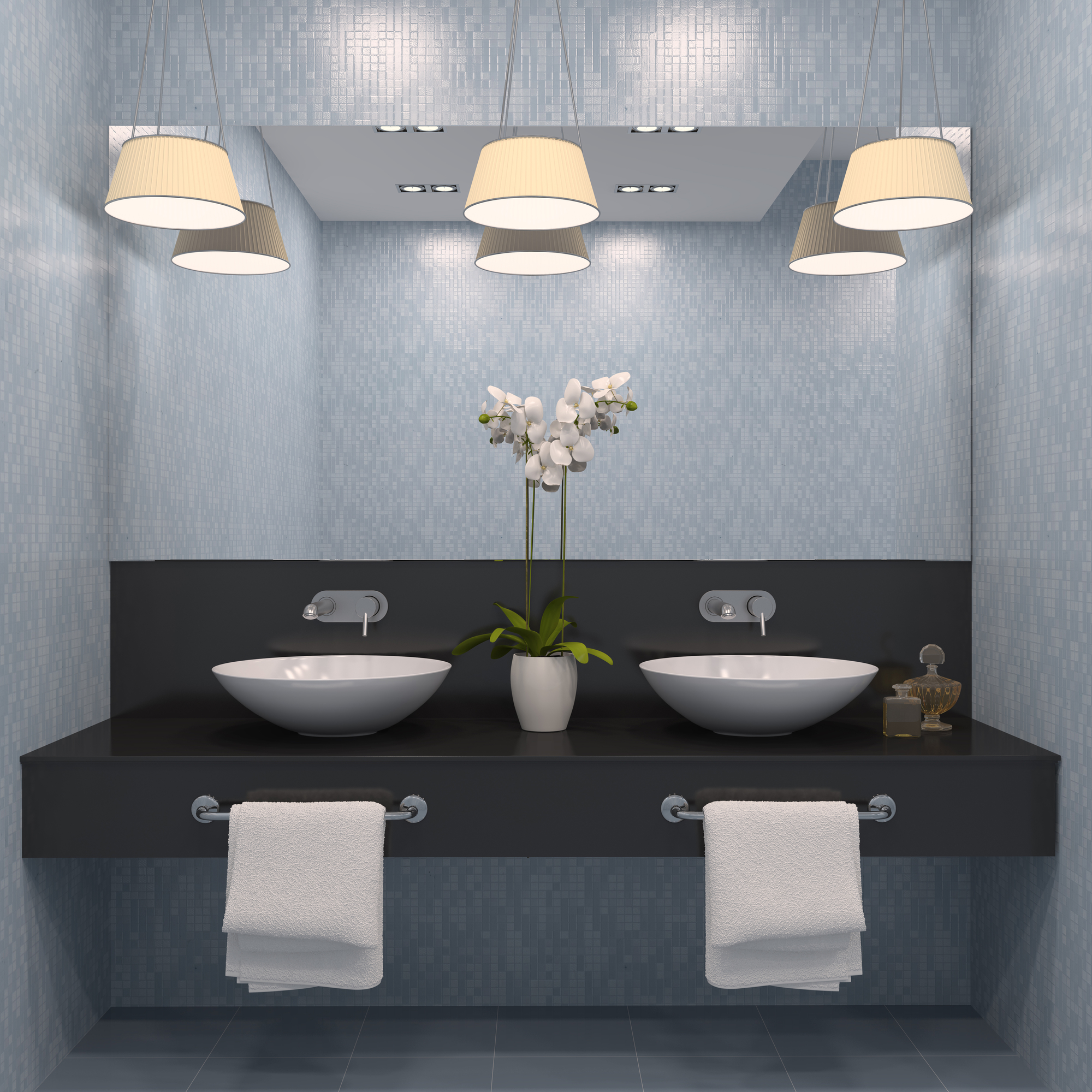Types of Bathroom Sinks Based on Material

The material of your bathroom sink plays a significant role in its durability, ease of maintenance, and overall aesthetics. Here’s a closer look at the most common types of bathroom sinks based on their material:
Ceramic Sinks, Types of bathroom sinks
Ceramic sinks are made from clay that is fired at high temperatures, resulting in a durable and non-porous surface. They are available in a wide range of colors and styles, making them a versatile choice for any bathroom.
- Advantages: Ceramic sinks are relatively easy to clean and maintain, and they resist stains and scratches well.
- Disadvantages: Ceramic sinks can be heavy and difficult to install, and they can chip or crack if they are subjected to a sharp impact.
Stainless Steel Sinks
Stainless steel sinks are made from a durable alloy of iron and chromium, which gives them excellent resistance to corrosion and rust. They are also easy to clean and maintain, and they can withstand high temperatures.
- Advantages: Stainless steel sinks are very durable and long-lasting, and they are resistant to stains, scratches, and heat.
- Disadvantages: Stainless steel sinks can be noisy when water is running, and they can show water spots if they are not dried properly.
Enamel Sinks
Enamel sinks are made from cast iron that is coated with a porcelain enamel finish. This finish gives the sink a smooth, non-porous surface that is easy to clean and maintain. Enamel sinks are also available in a wide range of colors and styles.
- Advantages: Enamel sinks are very durable and long-lasting, and they are resistant to stains, scratches, and heat.
- Disadvantages: Enamel sinks can be chipped or cracked if they are subjected to a sharp impact, and the enamel finish can fade over time.
Acrylic Sinks
Acrylic sinks are made from a durable acrylic material that is resistant to stains, scratches, and heat. They are also lightweight and easy to install, making them a popular choice for bathroom remodels.
- Advantages: Acrylic sinks are lightweight and easy to install, and they are resistant to stains, scratches, and heat.
- Disadvantages: Acrylic sinks can be scratched by sharp objects, and they can fade over time if they are exposed to direct sunlight.
Bathroom Sink Installation Considerations

Before installing a bathroom sink, it’s crucial to consider several factors, including the installation method, size and shape, and drainage and plumbing requirements. This guide will provide insights into these considerations to help you make informed decisions for a successful sink installation.
Understanding the different installation methods for various sink types is essential. The following table summarizes the common installation methods:
| Sink Type | Installation Method |
|---|---|
| Drop-in Sink | Mounted from above, resting on the countertop with an exposed rim. |
| Undermount Sink | Installed beneath the countertop, creating a seamless and modern look. |
| Vessel Sink | Set on top of the countertop, resembling a bowl or basin. |
| Wall-Mounted Sink | Fixed directly to the wall, providing space-saving and a floating appearance. |
When selecting the size and shape of the sink, consider the available countertop space, bathroom layout, and personal preferences. A larger sink may offer more functionality, but it should not overwhelm the countertop. The shape of the sink can complement the overall bathroom design, whether it’s rectangular, oval, or round.
Proper drainage and plumbing are vital for the functionality and longevity of the bathroom sink. The drain should be compatible with the sink and countertop, and the plumbing should be adequately sized to handle the water flow. A well-designed drainage system prevents water buildup and potential damage to the sink and surrounding areas.